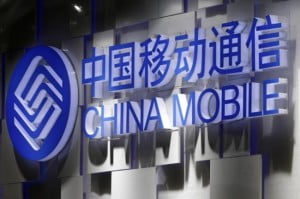
// //
 Nokia and China Mobile have conducted Centralized RAN trial in a stadium to demonstrate how the combination can meet high-speed and high-bandwidth demands.
Nokia and China Mobile have conducted Centralized RAN trial in a stadium to demonstrate how the combination can meet high-speed and high-bandwidth demands.
Spectators at stadium events are increasingly expecting the same level of mobile connectivity they have in the home as they share pictures and videos via social media or upload content to the cloud. However, slower network speeds and interference can traditionally impact the experience.
To address this challenge, Nokia worked with China Mobile to deploy, for the first time, Centralized RAN technology in a TD-LTE network at the Beilun Stadium in Ningbo, China. The technology monitored the signals of up to six radio cells, combining those of the best four to communicate with subscribers’ devices and turn interference into useful traffic.
Some 6,000 spectators inside the stadium were provided with an exceptional high-quality, high-speed mobile experience, with upload speeds improved by 62 percent compared to existing TD-LTE networks in high-traffic locations. During peak usage times, devices were receiving data at speeds of 12 Mbps or more, allowing users to use webchat applications and upload pictures without service degradation. The power efficiency of their devices was also improved by up to 33 percent.
Nokia’s Centralized RAN technology can be deployed via software upgrade to an existing Flexi Multiradio 10 Base station network. For mobile operators, Centralized RAN is a key step in their Cloud RAN network evolution.
Wang Yong, assistant to the general manager, Ningbo Mobile said, “With this successful trial, we have shown that centralized RAN technology can eliminate the 4G network strain typically caused at large events. As mobile data use continues to rise, innovations like this from Nokia will help us meet the demands for high-quality service from our subscribers in densely populated stadiums and other areas.”
Yu Xiaohan, head of CBT CMCC at Nokia Great China said, “As a new technology incubator, Ningbo Mobile has helped with the trialling and go-to-market of Nokia’s TD-LTE new technologies and new versions, and this time we successfully demonstrated together how to solve consumers’ problem of a bad surfing experience in densely populated area.”

